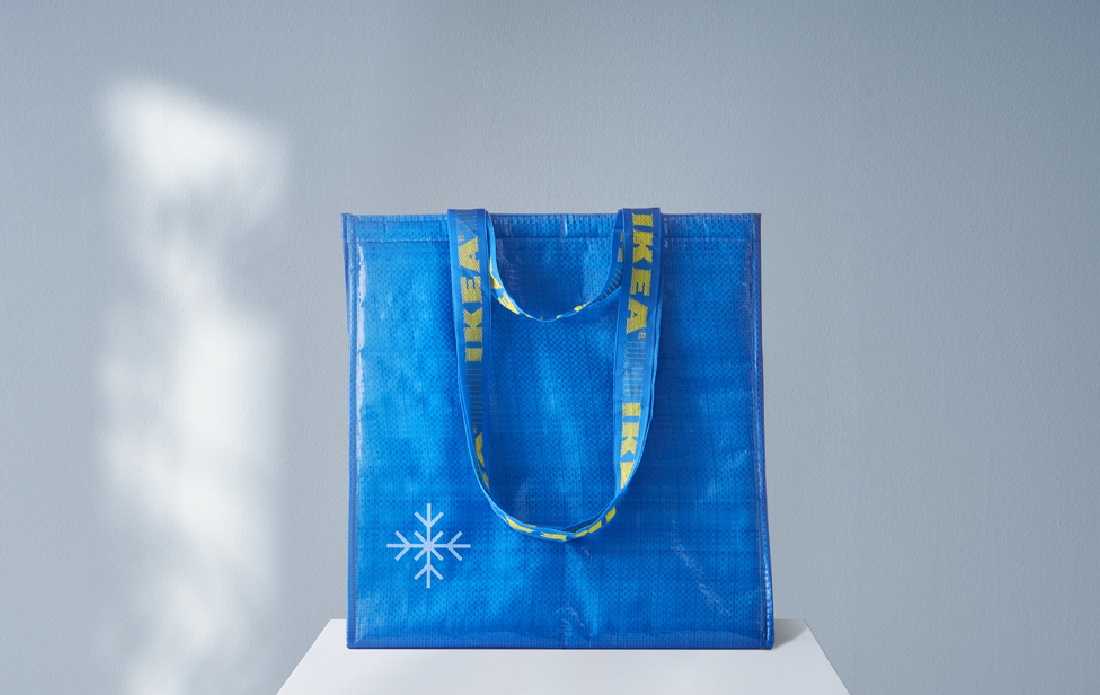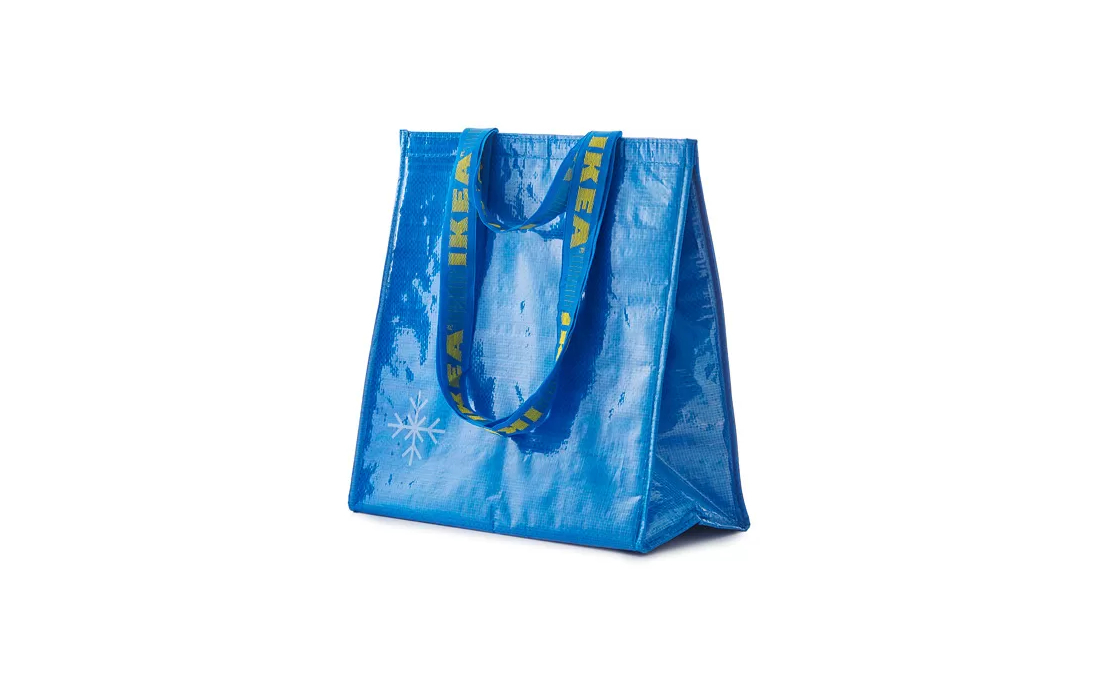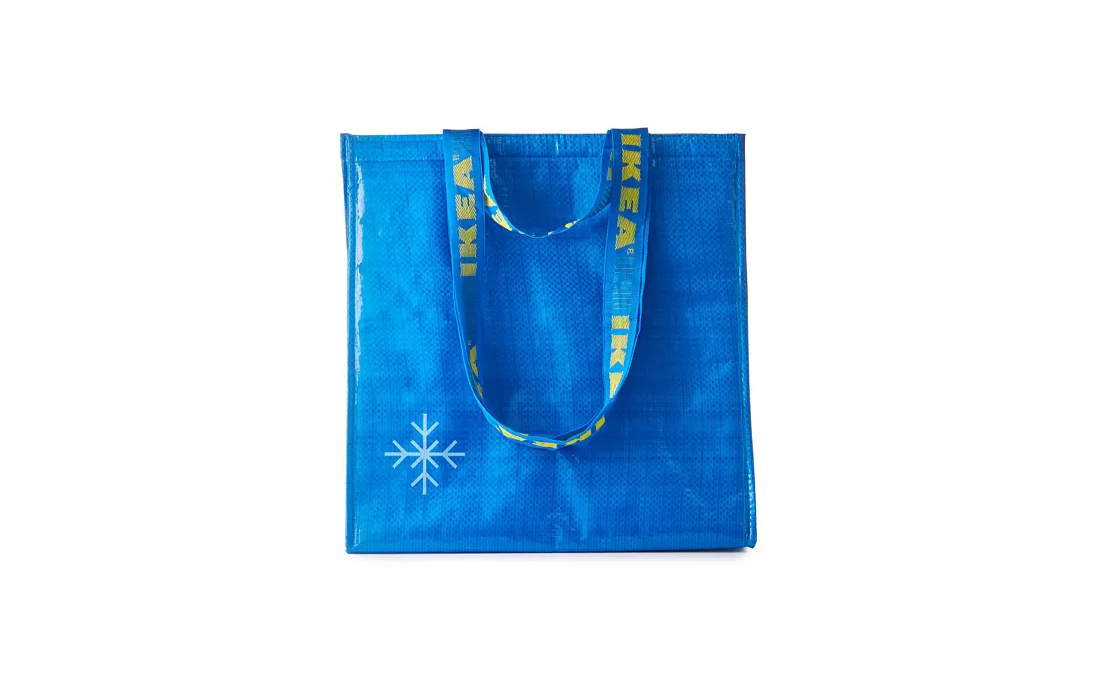Love going on family picnics? Food is, of course, an essential part of the experience.
Whether your food is hot or cold, maintaining the right temperature is crucial to keep ingredients fresh, safe to eat, and delicious.
This is where hot and cold food bags come in as an efficient and practical solution for carrying meals to work, for kids at school, or during trips!
Let’s explore how these bags can improve your daily life and that of your family.
Also read:
Keep your foods and drinks fresh for longer in fridge
What is a hot and cold food bag?
A hot and cold food bag is a modern version of the traditional lunch bag, designed specifically to preserve the temperature of food and beverages while on the move.
These bags are highly functional and practical. They can keep your lunch warm and your dessert or drink refreshingly cold.
The main function of food bags
Hot and cold lunch bags function as temperature protectors for the food you carry. In other words, they help retain the food's original temperature, whether hot or cold.
The result? Your food won’t spoil easily, the texture remains intact, and the taste stays as fresh as when it was just cooked. This is especially useful when food needs to stay fresh outside a fridge or food warmer.
How does this bag work?
The secret behind these special
lunch bags lies in their insulation materials. The insulation is typically made of thick polyethylene foam, thermal lining, or PEVA (Polyethylene Vinyl Acetate).
These materials create a protective barrier that acts like a wall, preventing external air from affecting the food’s temperature.
As a result, hot dishes stay warm, while fresh fruits and cold drinks remain cool and crisp.
Why is this type of lunch bag important for everyday use?
Amid busy schedules and high mobility, bringing meals from home is a smart choice for many.
However, keeping food fresh until mealtime isn’t always easy. That’s where an insulated lunch bag becomes essential, offering benefits like:
Preserving food safety during travel
When food is left at room temperature too long, especially in warm or humid environments, bacteria that cause foodborne illnesses can thrive.
Bacteria like Salmonella or E. coli thrive in such conditions and may cause food poisoning. Without a temperature-controlled container like an insulated bag, the risk increases.
Using an insulated
lunch bag helps maintain food at safe temperatures, making it last longer and safer to consume.
Supporting a healthy and budget-friendly lifestyle
For office workers and students alike, bringing meals from home isn't just practical—it supports a healthier lifestyle. Compared to eating out, home-prepared meals are more cost-effective.
You also get full control over the portion and nutritional content. This is essential for maintaining a healthy diet amid a busy routine.
A hot and cold insulated bag ensures your meal stays delicious and nutritious by the time you eat it.
The different types of hot and cold food bags
Choosing the right temperature-controlled food bag isn’t a one-size-fits-all decision. Everyone has different needs based on their routine, how long the bag will be used, and the types of meals being carried.
Understanding the types of bags available can help you make the best choice.
Based on their main function
Lunch bags come in various designs tailored for specific needs:
- Lunch box bags are ideal for everyday personal use, like taking meals to the office or school.
- Picnic cooler bags are usually larger and can carry more food and drinks, perfect for family gatherings or long trips.
- Delivery bags are designed for professional use, like food delivery, with larger capacities and better temperature retention.
Each type is tailored to how much food you need to carry and for how long it needs to stay hot or cold. Bags with larger capacities and longer retention times typically feature more advanced insulation.
Based on insulation technology
Besides shape and function, lunch bags also differ based on their insulation materials:
- Thermal foil: A shiny metallic layer that reflects heat or cold, suitable for short-term use.
- Insulated foam: Uses thick foam layers for better temperature retention, great for daily commutes or long trips.
- Gel inserts: Pads that can be pre-frozen or pre-heated, excellent for maintaining extreme temperatures over longer periods. Commonly used by professionals or for extended travel.
Each technology has its strengths. The most effective choice depends on whether you need a bag for daily use or for keeping food safe over many hours.
How to choose the right food bag for your needs


